Fat Fritz analysis: A matter of technique
Although it is not hard to pick out moves that Fat Fritz finds more easily than Stockfish, or vice versa, sometimes a move stands out that just begs to be shared. This happened to Fat Fritz creator, Albert Silver, while he was casually following the Sinquefield Cup 2019 won by Ding Liren. The author carefully indicates the moments where Fat Fritz was superior to Stockfish, when the latter struggled to find the accurate continuation in mere seconds. Fat Fritz shows its strength in finding beautiful moves too, not necessarily to the absolute end of each variation. Enjoy this example of positional judgement and technique. Photo: Lennart Ootes / Grand Chess Tour
Insights into Anand's game
Like many readers here, I am foremost a chess player and chess fan, and I was enjoying the battles from the Sinquefield Cup with great relish, in spite of the disappointing number of games that failed to produce the deserved decisive result. One of the most thrilling games was just such a case: a near win by Vishy Anand over Ding Liren that ended in a draw.
Most players and pundits will remember the game mostly for the missed 26...Ne4!! which would have won the game on the spot.
Ding - Anand
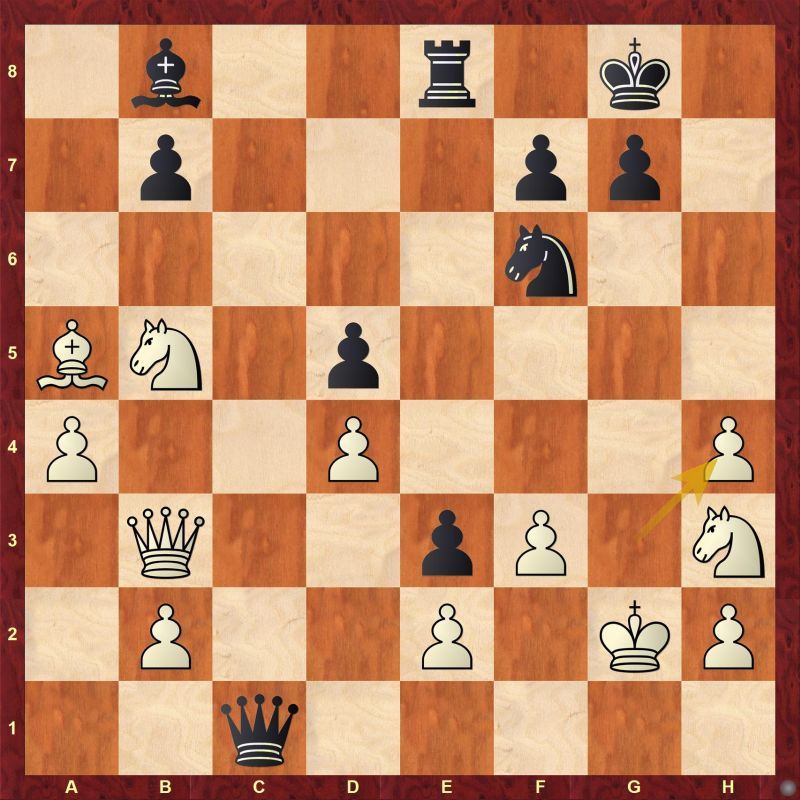
To be fair, while Vishy himself was undoubtedly gnashing his knuckles over this later that night, Ding Liren readily admitted in the post-game interview that he himself had not even suspected the move during the game.
When the gods disagree
However, there was a crushing move missed two moves earlier that was not mentioned by the commentators because they were fixated on the opinion of Stockfish. Here is the position two moves earlier after 24.f3.
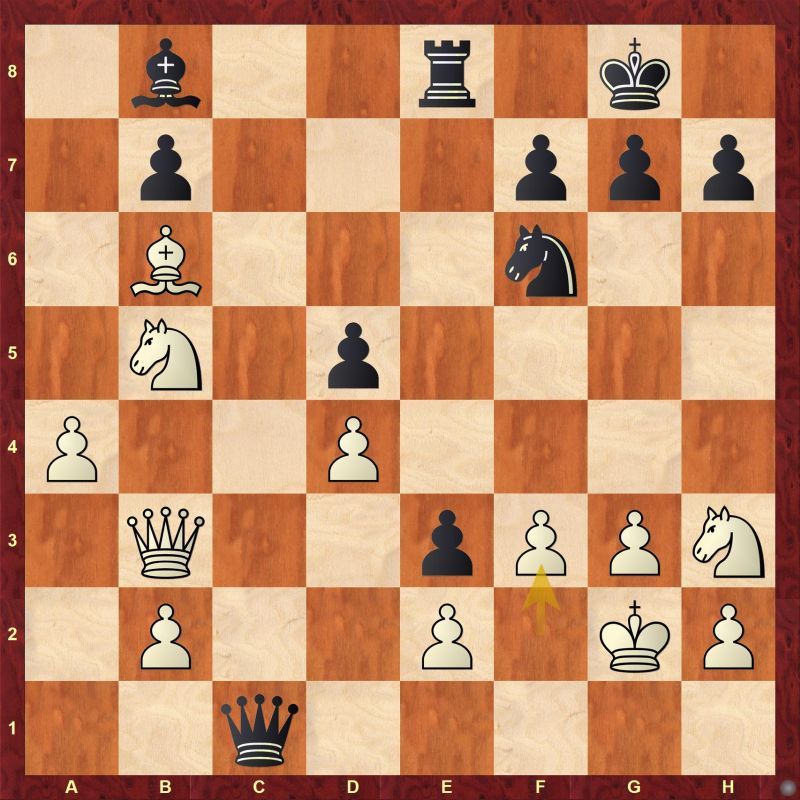
In this position, there wasn’t a lot of comment about Black’s choice 24…h5 as this was also Stockfish's choice, so feedback was along the lines of “he found the best move”. I sat up at this point because on my laptop, with a fairly middling GPU, I had been following the game with a beta of Fat Fritz, and it was practically chanting victory in the case of 24…Qc4!!
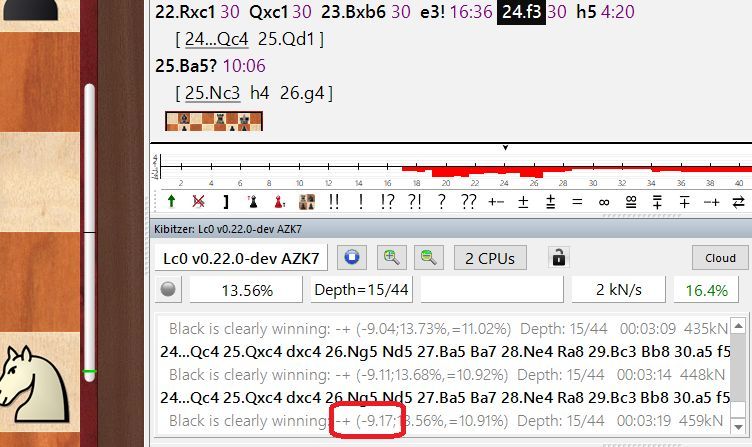
In fact, Fat Fritz was to point out that ...Qc4 was a thematic play on more than one occasion after this, including when Anand played it during the game, though by then it needed very precise play to guarantee the win. After the game, I asked Anand about this, and he said that ...Qc4 was 'obvious technique', and as such was a move he analysed numerous times.
The curious thing was that when I consulted Stockfish on my i7 processor, even after several minutes of analysis it ranked 24…Qc4 a distant third, just better for Black, but hardly crushing.
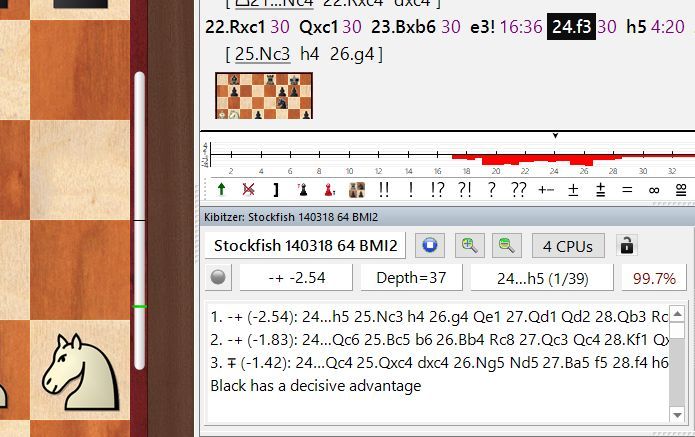
So now the question remained: who was right? Fat Fritz with its evaluation that Qc4 is crushing, or Stockfish that thinks it is not bad, but not especially great either. I fed Stockfish the moves chosen by Fat Fritz to see if it could refute them, especially as the position is still very complex.
The spectacular key move appears just three moves later after 24.f3 Qc4 25.Qxc4 dxc4 26.Ng5 Nd5 27.Ba5
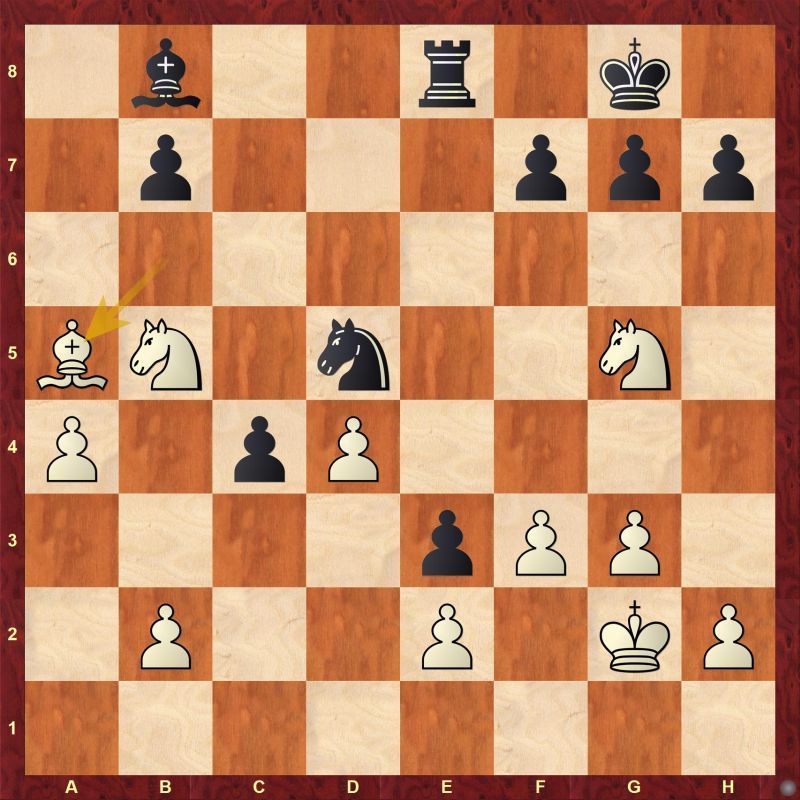
Black's killer blow here is 27...Ba7!! With the idea of 28...Ra8. Taking the bishop leads to a quick demise after 28.Nxa7? Ra8! 29.Nb5 Rxa5 recovering the piece with a pawn to boot.
Following the analysis by both engines led to many fascinating lines, but all were clearly going to win for Black. What was striking was that Stockfish was extremely slow to credit black with even a -2 advantage even 10 moves later, in spite of the extra exchange.
For example, here is a position after one line of analysis over ten moves later:
Analysis after 35...g5
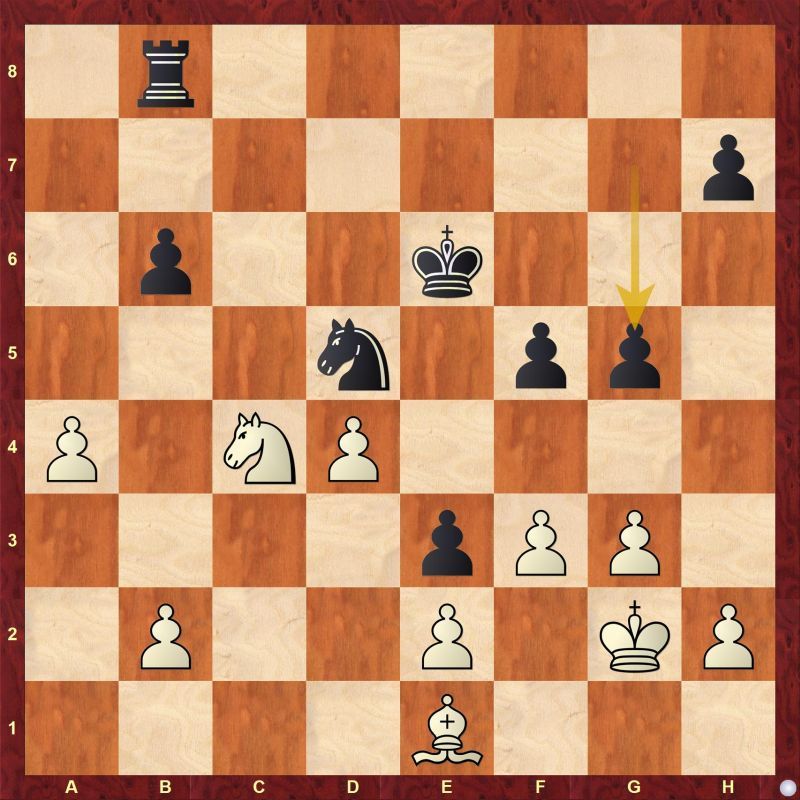
By now Fat Fritz is in the clear stratosphere judging itself at +13 or so, which just means it thinks this is a mere matter of technique. Technique it is confident it has needless to say. Here Stockfish says it plans 36.g4, expecting 36...f4 in reply, completely locking down the position, and only after two billion nodes does its evaluation begin to climb past -2 and -3 for Black. As a side note, trying to sit on the position with a move like 36.b3 fails as Black bulldozes through with 36...b5!
Clearly, this was not just a case of a missed tactic, since even after the tricky moves were past, it still struggled to perceive this as won.
Declining the exchange
Assuming there is no argument that 25.Qxc4 will lose for White, what if he declines the queen exchange with 25.Qd1!?

Black's obvious continuation is 25...Qb4 with the nasty dual threat of ...Qxb2 and ...Qd2. What can white do? Vishy said that he had seen this line as well, but ran into a powerful resource he failed to see a way to overcome. Here he analysed — in complete agreement with Fat Fritz it should be noted — 25...Qb4 26.b3 Qd2...

The answer is 27.Nf2!! a superb shot that protects the queen and threatens 28.Qxd2 where the pawn will be a target. Unable to see how to continue here, this ended up being the line that prevented the former World Champion from playing it. Although there is a winning continuation here, it is hardly obvious. The continuation goes 27...Nd7 28.Bc5 Nxc5 29.dxc5 d4!
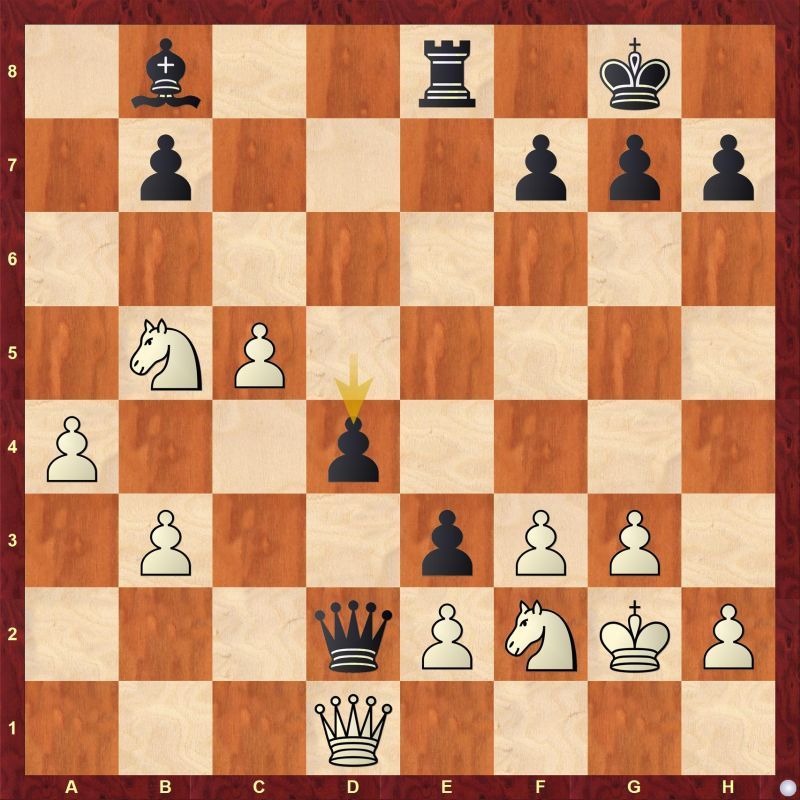
And now the attempt to confuse the issue with 30.Qxd2 exd2 31.Nxd4 Rd8 32.e3 fails to the elegant 32...Ne5 33.Kf1 Bxd4 34.exd4:

And here Black wins with the simple 34...Re8!
Aside from the impressive evaluation by the neural network, the attractive lines punctuated by a few beautiful moves really did not deserve to be lost into oblivion — hence this article. As to Anand missing this possibility, the complexity is such that even a great player would have no reason to moan about missing it. Since he saw the power of the idea, his judgement was clearly not inferior, the problem was making the lines work.
Conclusion
Did Fat Fritz see this all to a concrete end? Of course not. It certainly saw the mainline and the key shot 27...Ba7!! almost immediately, but further down the road it is really all about positional judgement. I think this is the sort of position that really shows just how different analysis with Fat Fritz can be, and some of the things you can expect to encounter and enjoy.
About the Author

Born in the US, he grew up in Paris, France, where he completed his Baccalaureat, and after college moved to Rio de Janeiro, Brazil. He had a peak rating of 2240 FIDE, and was a key designer of Chess Assistant 6. In 2010 he joined the ChessBase family as an editor and writer at ChessBase News. He is also a passionate photographer with work appearing in numerous publications.











